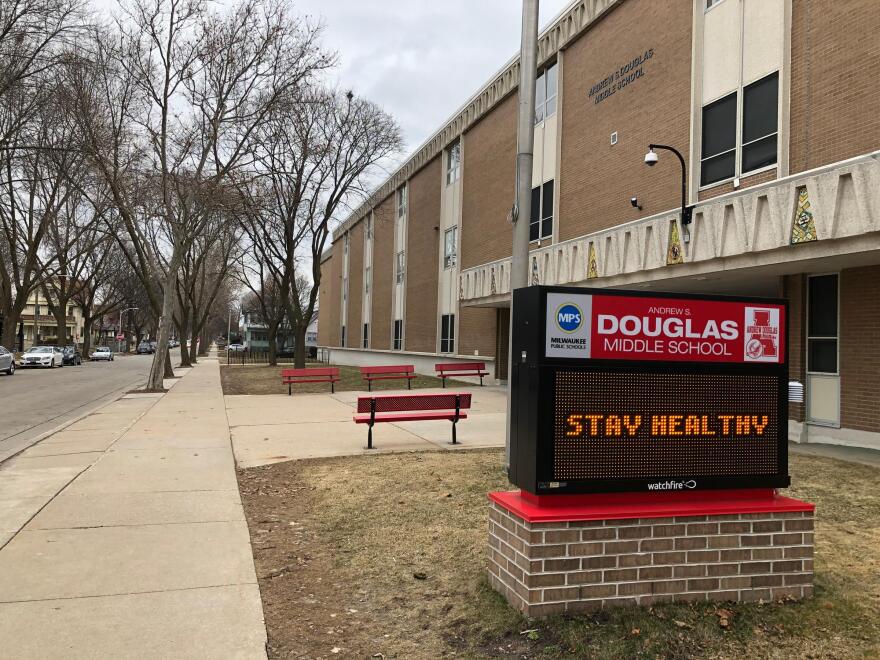Students who attend Milwaukee Public Schools will begin the school year with virtual learning with a plan to gradually transition to in-person learning. It’s part of a $90 million plan the MPS school board approved.
But since the plan was approved, the board hasn’t given clear instructions on how teaching should be done online. Since the pandemic hit the U.S. at the end of the last school year, many schools and teachers had to improvise.
While they await further instructions about the upcoming school year, some teachers have begun readying lesson plans and procedures. To learn more about what it’s like to be a teacher during a pandemic, the Milwaukee Journal Sentinel's Patricia McKnight spoke with two MPS teachers: Alyssa Guthery, a K-5 teacher at Milwaukee French Immersion School, and Megan Haffenden, a third-grade teacher at Lincoln Avenue Elementary.
Guthery says she was told at 4:30 p.m., on a Friday that students would not be returning to school the following week.
“We were mad because we were like if they told us at noon, we could have gotten packets printed out, we could have sent home pencil boxes, we could have done all this stuff, and at the same time, we were like what do we do, like now what?” she says.
Both Guthery and Haffenden began making videos, distributing online resources, and connecting any way they could with their students. By the end of the school year, teachers and students were becoming more familiar with programs like Google Classroom. But they say they still have concerns for this upcoming year, especially for younger children because the physical aspect of learning is extremely important.
“I’m concerned that there’s not going to be enough supplies for some of those kids," says Guthery. "Even if they do have a Chromebook, what if they don’t have paper at home, what if they don’t have a pencil, pen, markers, crayons, scissors, glue, any of that stuff?”
As for kids’ behavior, school is normally a time for them to learn social norms and cues. Without that time with other kids, they're going to have to play catch up once it’s safe to hold in-person classes again.
"Knowing that they can’t hug you and knowing that they can’t go by their friend. They go to run to their friend for a second or get out of their seat and then they stop." - Third-grade teacher Megan Haffenden
Haffenden also works at the Boys and Girls Club and is already noticing changes.
“I’m seeing the children just acting different and knowing that they can’t hug you and knowing that they can’t go by their friend. They go to run to their friend for a second or get out of their seat and then they stop,” she says. “It’s in their minds constantly.”
With the continual rise in cases, both Haffenden and Guthery are preparing to teach completely online until at least the end of the year. They acknowledge that more than anything they would like to be back in the classroom teaching, but getting up to 30 5-year-olds to cooperate with proper social distancing and health standards is a monumental task. Above all else, they are worried about their student’s safety and their own.
“It’s just, you’re really stuck in this terrible place where you want it to be OK, but you know it’s not right now,” says Haffenden.





